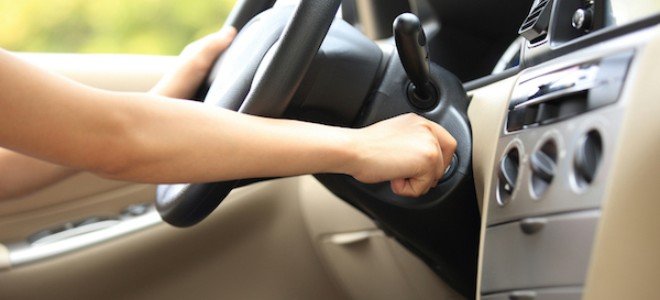CUMMINS DFSK DFM DFAC DONGFENG TRUCK PARTS DFL4251 DFL3251 5258744 DONGFENG XIAOKANG DONGFENG MINIBUS K17 5266969 5272666 5293669 5264757 5263374 5288908


CUMMINS DFSK DFM DFAC DONGFENG TRUCK PARTS DFL4251 DFL3251 5258744 DONGFENG XIAOKANG DONGFENG MINIBUS K17 5266969 5272666 5293669 5264757 5263374 5288908



Cold mornings or a slow drain on the battery, such as that caused by a dome light being left on, can leave you with a battery lacking the power to start your car. Over the past several years, battery chargers with the power to jump start a vehicle have become smaller and easily portable. These portable units are handy—they eliminate the need for a second car battery, traditionally required with jumper cables.
Essentially, the portable battery chargers carry the load that a battery would so you can tap into that charge as needed. They come in many forms, from large units on wheels to compact devices that fit in a small pouch. When you find yourself with a dead battery, it's great to have a portable battery charger on hand to solve the problem.
Note: Most portable battery chargers are not used to actually charge the battery, but to provide a burst of charge that allows you to start the car. Once it's up and running, the engine will take the recharging from there.
Step 1 - Safety First
You're dealing with electricity, so use caution. Remove any dangling jewelry, pull back long hair, and roll up long sleeves or other loose clothing. Wear eye and hand protection, too. Always watch the location of the red and black clamps as you work. Touching them to the wrong surface can result in a shock.
Step 2 - Check the Car Manual
Before you hook up a portable battery charger, make sure you understand the system you’re working with. A 12-volt, negative ground system is the most common. However, you may also be dealing with a 6-volt system, and some cars have a positive ground. Also check whether you have a remote terminal built into the engine away from the battery that is used when jump starting the car.
For this tutorial, we will assume you’re working with a 12-volt, negative ground battery system. If you do have a positive ground system, reverse the order of cables, attaching the black first and then the red.
Step 3 - Connect Cables
Start by turning off the portable battery charger. If you are using a unit that plugs into a wall, keep it unplugged at this point. Identify your positive and negative battery terminals. The positive terminal will likely be marked with a + sign or letter P and typically has a red post cap. The negative terminal is typically black and will have a minus sign or letter "N" nearby. Clamp the red cable from your portable charger to the positive terminal on the battery.
Next, attach the black clamp to any heavy metal within the engine. This grounds the system. Look for part of the car’s frame, or chassis, you can clamp onto rather than any engine parts. Attach the black clamp as far away from the battery as possible.
Step 4 - Turn On the Charger
Set the jump start system to the proper charge level (match 12-volt or 6-volt). With the cables securely attached, turn on the portable jump start system. If it's a stationary charger system, plug it in before turning it on.
Step 5 - Start the Car
Next, turn the ignition key to start the car. The engine may resist at first. Only hold the key for a few seconds. If the car doesn’t start, wait two to three minutes before trying again in order to give the jump start system a chance to recover and further charge the battery. Providing this recovery time will extend the life of your portable charger system.
Step 6 - Remove the Cables
Once the car starts, leave the engine running and turn the portable jump start unit off. Then remove the black clamp, followed by the red clamp. Replace any battery terminal covers you removed earlier. Pack up your charger for future use. If it has a battery level reader, see if you need to recharge it to ensure full power next time you need it. The best policy is to recharge it as soon as you can.
Step 7 - Allow the Car to Run
After successfully starting the car, leave it running or drive it for 20-30 minutes before turning off the engine. This will allow your battery ample time to recharge.